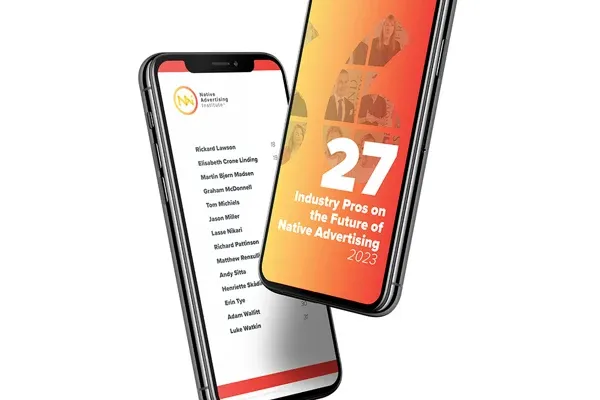 Details
Details
Influencer marketing is a new marketing discipline, but unlike many other media platforms, it's founded in collaboration with a person with opinions combined with a personal brand. This makes it a little more challenging using influencers. Brands need to walk carefully and find the perfect balance between keeping the audiences’ trust and branding a product.
Looking at influencer marketing there are several elements to be aware of. Here are the five most common mistakes made when brands enter the discipline of influencer marketing.
1. Too much product
One of the common issues with influencer marketing is that brands are expecting the brand to be the sole centre of attention. Influencers tell stories about their life and personal events and this is what interests the followers. If a brand has too many demands, restrictions etc. the influencer will have to compromise on personal reflections in order to live up to the brands' standards. One, this makes the blog post less trustworthy as the tone of voice and personality will disappear from the content. Two, it decreases relevance and the organic reach gained from using influencer platforms. Three, it might result in the influencers not wanting to be part of the campaign.
A common mistake is to look at Instagram followers and expect to reach the entire audience
2. Wrong numbers
Selecting influencers' reach is often very important for brands. This is natural due to the idea of investing in entering influencers' platforms with branded content. A common mistake is to look at e.g. Instagram followers and expect to reach the entire audience. With the new Instagram profiles it is much more relevant to look at the deeper statistics. This could be average reach per post, fan base split (many influencers have followers from around the world) and engagement rates on content.
RELATED: How do you chose the right influencer for your brand?
This will give brands a much better idea of how good an influencer is at creating relevant content and engaging the users, which is not only relevant for Instagram, but also platforms like Youtube, Snapchat, blog etc. If you are worried that the influencers' reach is low, but the match is perfect, look into seeding content with paid media. It will get you the reach you need within the target audience.
3. Sponsored content
There has been several cases of influencer marketing where it is not explicit that the content is sponsored by a brand. In most countries hidden advertising rules are strict and it is therefore important that you educate the influencers in how to mark sponsored posts. Depending on countries and marketing laws the requirements may be different. Putting #ad at the bottom following 10 other hashtags may not be sufficient as the visibility is low.
Rushing the campaign by pressuring the influencers into delivering only affects the quality
4. Short deadlines
Creating content takes time – also for influencers. Furthermore taking the time for dialogue and briefing influencers is crucial in order to get the right outcome of the collaboration. Brands are often not aware of how time-consuming it is to initiate a collaboration. Rushing the campaign by pressuring the influencers into delivering only affects the quality. We often see that it affects the influencer’s creativity and ability to create great content with high relevance. It also eliminates mistakes such as wrong links, hashtags, mention of brand etc. It is important that brands take their time to develop a proper brief and give the influencers time for preparation.
5. Unclear KPIs
Lastly is effect. Brands are often not clearly set on how to measure the effect of the campaign. If brands are using influencers to brand a product or service and not instant sales, how are you going to evaluate the campaign? In the beginning define what KPIs are important and if you need to implement tracking pixels or similar. It might be required to initiate a post-read analysis in order to see how the content has affected their attitude towards the product and/or brand. All this needs to be decided before the campaign starts in order to gain the correct reports and numbers from the influencers. They are not marketing experts so they might need a little guidance on how to find the data e.g. in Google Analytics, Instagram Insights or help to implement pixels and so on.
Get these five things straight and you are well on your way to creating a successful influencer marketing campaign. Do not hesitate to let us know if we missed something.
Join us when the winners of the Native Advertising Awards will be announced as a part of Native Advertising DAYS 2016 in Berlin, Germany, on November 16th and 17th. For more information and to register go to our conference site.
Photo credit: Unsplash/Luis Llerana

